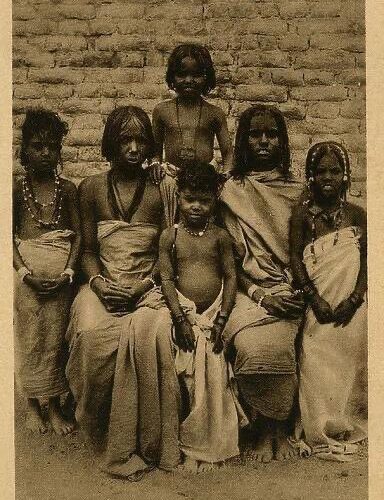
The Sahel’s Contribution to Nile Valley Astronomy
The Sahel, that vast stretch of semi-arid land south of the Sahara, might not be the first place you think of when imagining the origins of ancient astronomy—but it played a surprising role in the Nile Valley’s scientific advancements. From star charts to seasonal predictions, the Sahel’s nomadic peoples shared knowledge that helped shape the astronomical innovations of ancient Kemet (Egypt). The Know Thyself Institute points out that these exchanges were part of a broader African network, where diverse phenotypes—from the Sahel’s deep brown tones to Nubia’s onyx black—came together in a shared pursuit of knowledge (Know Thyself Institute, 2025).…


